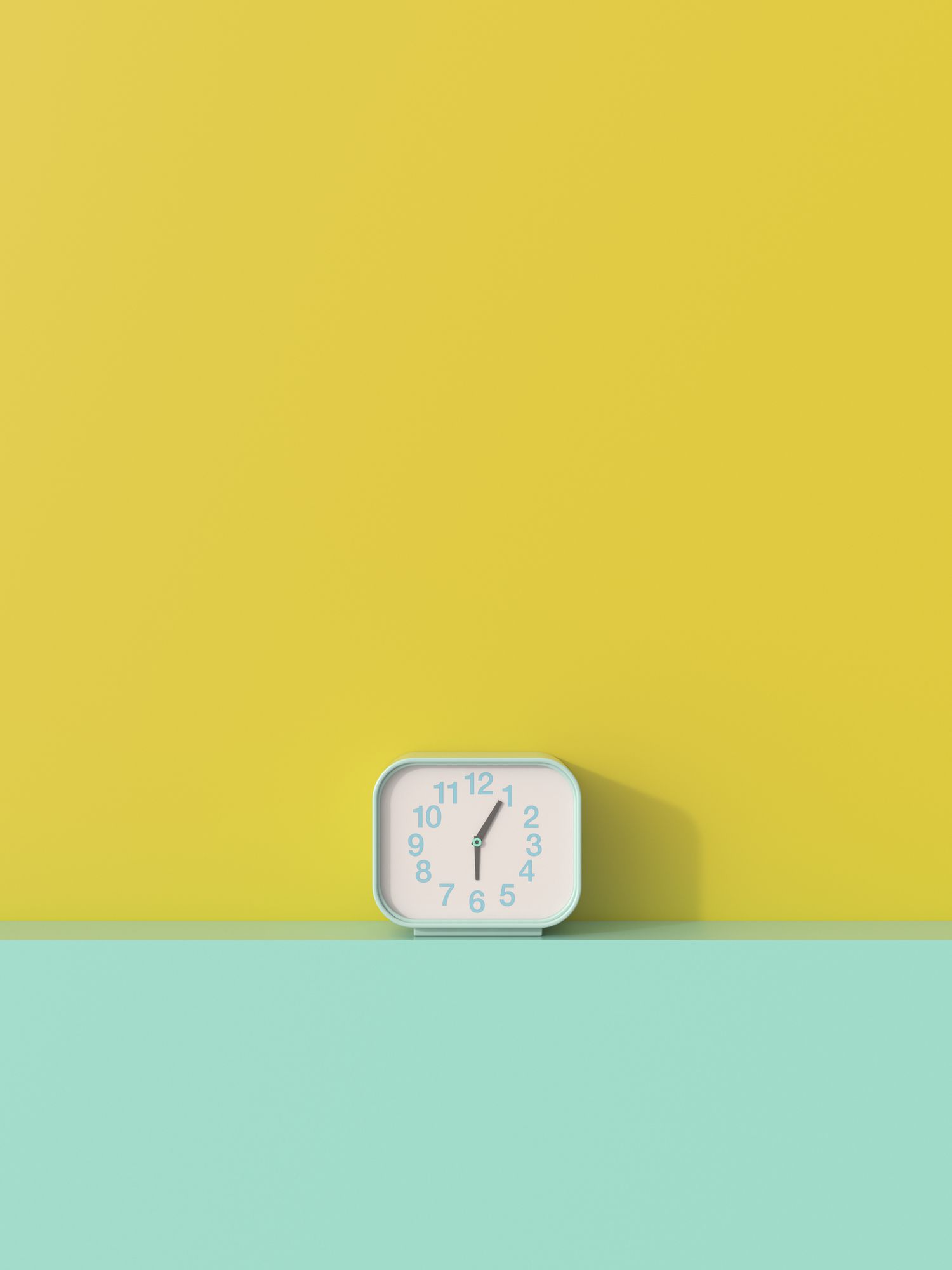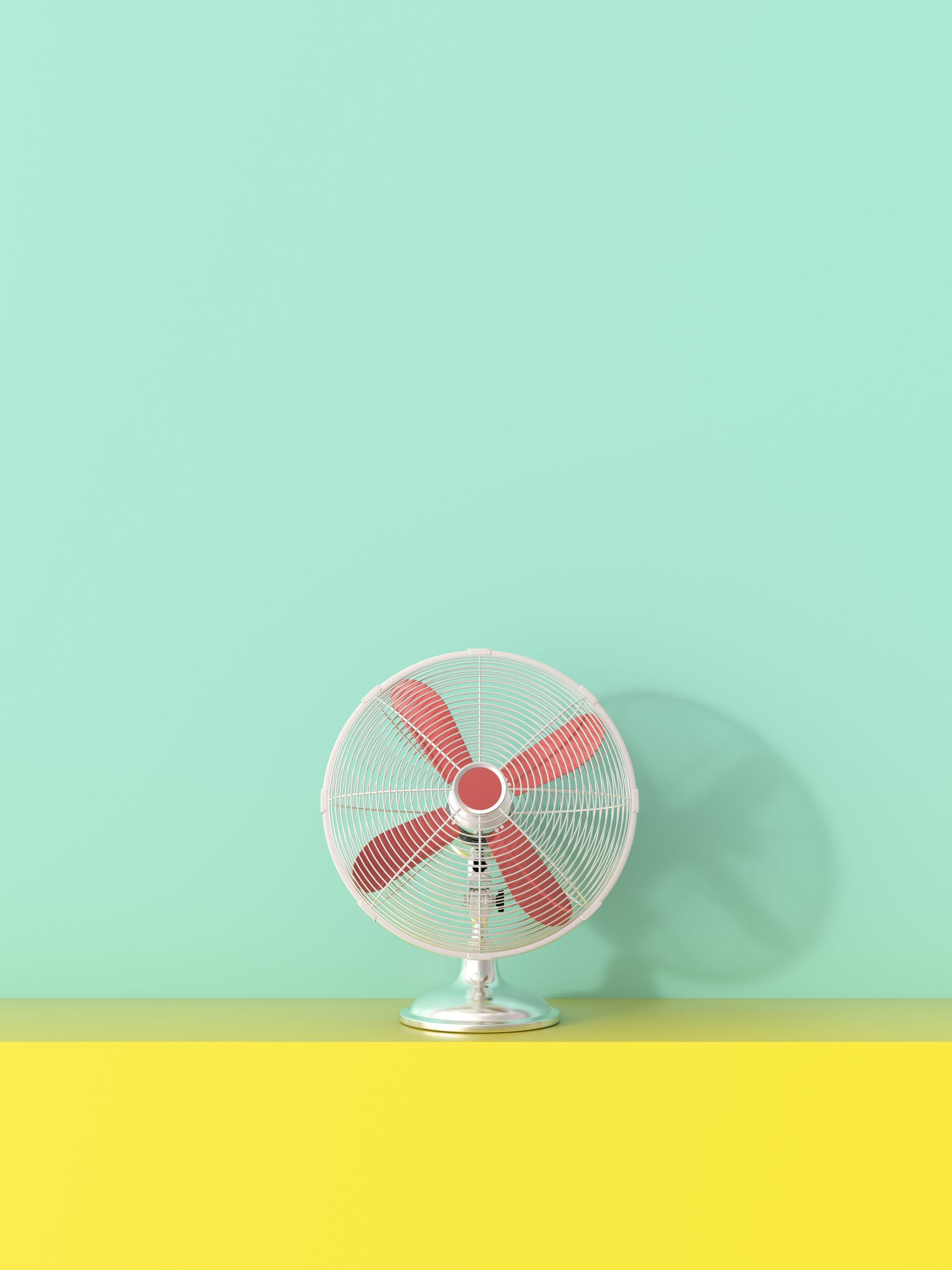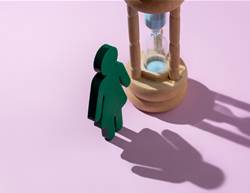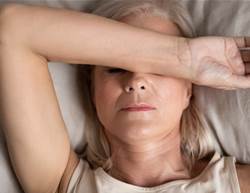Menopause happens to every single woman, but that doesn’t mean the symptoms—or best treatments—are the same for everyone. Whether you’re dealing with hot flushes, mood swings, or trouble sleeping, menopause can be downright debilitating.
But here’s the thing: You don’t have to just suffer through it and pretend everything is okay. From trying prescription meds to changing up your diet, there are things you can do that may help you feel a lot better.
Here are some of the best menopause treatments and alternative therapies to try. (But, as always, talk to your doctor first to make sure you’re going down the right path).
Look into hormone replacement therapy.
When it comes to easing menopause symptoms like hot flushes, anxiety, and irritability, hormone replacement therapy is a top choice for many women. These medications bring levels of oestrogen and progesterone (which drop dramatically during menopause) back up, which helps improve your symptoms.
“They can feel like a miracle,” says Dr Arianna Sholes-Douglas, author of The Menopause Myth. “I’ve had patients come in who are so distraught with their symptoms, and after a short time on hormone replacement, they feel like they have their sanity back.” That said, there could be some risks (like blood clots and heart disease) associated with hormone replacement therapy, which is why doctors often choose to start with milder options.
Prioritise healthy eating and sleep.

Certain foods can cause inflammation and make your menopause symptoms even worse. One study found that eating too many refined carbohydrates can actually increase depression in postmenopausal women. To figure out your triggers, Dr. Sholes-Douglas suggests trying a food elimination diet, where you remove common inflammatory foods and food groups like gluten, dairy, sugar, alcohol, and soy, and then slowly add them back to see how each one impacts your symptoms.
Another good idea: If it’s become harder to fall and stay asleep since entering menopause, try improving your bedtime routine. Don’t look at screens (phone, TV, or otherwise) too close to bedtime, try to go to sleep at the same time each night, and keep your bedroom dark and cool.
Hit the gym.
Not only can regularly hitting the gym help you sleep better, but it can also improve your hot flushes. In one study, women who exercised reduced the frequency of their hot flushes, likely because working out helps your body regulate its temperature better. Another pro to working out: It can bring down stress levels, which Dr. Sholes-Douglas says is another way to reduce chronic inflammation.
Keep your cool.

Hot flushes can happen anywhere and at any time, so you’ll want to be prepared. Having a water bottle filled with ice water on hand to drink as soon as you feel a hot flush coming on can be a big help. As can keeping a fan by your desk and bed, and dressing in layers so you can always take something off.
Take advantage of over-the-counter options.
For headaches and general aches and pains, over-the-counter painkillers can be a lifesaver. If you’re dealing with vaginal dryness, an over-the-counter vaginal moisturiser that you use every few days can help; to make sex more comfortable, use a water-based lubricant before or during sex.
See a therapist.

It can be a good idea to talk to a mental health expert when you experience any big transition, and going through menopause is no different. One Canadian study found that cognitive-behavioural therapy can help with multiple menopause symptoms, including depression, trouble sleeping, and sexual concerns. The most important part? The researchers found that these improvements were in effect three months after the treatment.
Give acupuncture a try.
Those little needles are actually pretty powerful. Research shows that after just three acupuncture sessions, women had fewer or milder symptoms like hot flushes and night sweats, as well as improved quality of life (think better sleep and less anxiety).





.png&h=193&w=250&c=1&s=1)
.png&h=193&w=250&c=1&s=1)


